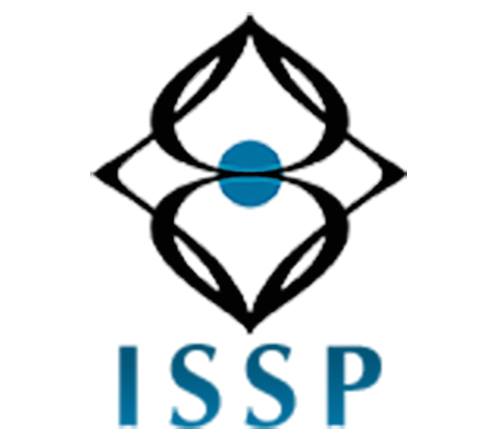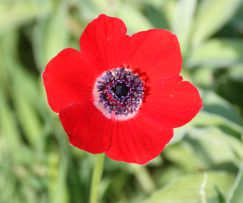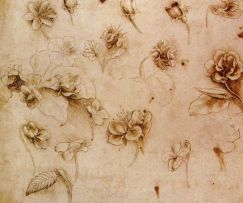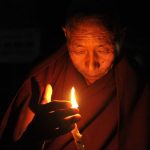By Donna Thomas, PhD
As human beings, we are conditioned to identify with forms, especially our ‘internal’ forms such as emotions, sensations and thoughts. Our most addictive identification is with the inner stories that unravel and replay in the field of our minds. These familiar and self-identifying thought patterns are a stream of consciousness which generates meaning and provides a sense of time and movement. Our stories locate our mind/bodies in the world and rationally explain why we do, what we are doing and what we have to do next. Each story soaking up our conscious awareness to simulate a sense of separation and complete individuality. And this is useful on one level, the world of form and of relative experience but is limiting and life-denying when we believe ourselves to be our stories. Especially if our stories are marinating in the ingredients of childhood, transpersonal and intergenerational trauma; of cultural, religious, political and institutional narratives; and of our co-created anecdotes that are shared between families, friends and communities. When our sense of who we are is locked into our story consciousness, we experience the world in a certain way; one that resonates and provides the scenery for our central character, plot and hopeful resolution. The expansive consciousness which is more our essential nature cannot be realised as our stories layer over it. Like dark clouds that obscure the light from the sun, our stories can confine our state of being to one that is restricted illusory and separate.
Having the inclination to explore and experience our ‘selves’ as expanded, transpersonal and connected requires a catalyst, particularly if we are comfortable playing the role of our story character.
It is only through direct experience of transcending our personal stories can

My own story was dismantled, disintegrated, doggedly reformulated, shattered, fought for, then surrendered, during what I would consider to be a spiritual crisis and a waking up. I had reformulated a sense of self through my profession. I had shifted my identity from a neglected, abused and lost
My own story was dismantled, disintegrated, doggedly reformulated, shattered, fought for, then surrendered, during what I would consider to be a spiritual crisis and a waking up. I had reformulated a sense of self through my profession. I had shifted my identity from a neglected, abused and lost
Like dark clouds that obscure the light from the sun, our stories can confine our state of being to one that is restricted illusory and separate.
Our sense of who we are is tightly interwoven with our inner stories, our story consciousness which is an inseparable aspect of our limitless consciousness, our truest sense of I. Our story consciousness offers us the experience of a beautiful and dangerous sense of separation and individuality. It creates the experience of duality while at the same time aspires towards connectedness through the sharing of experiences, construction of collective realities and agreement upon meanings. Ironically, story consciousness moves to attain the very state it pulls us away from. When we become bound within our story consciousness, strangely contracted in a limited identification with a chronological and linear narrative construct, we experience a reality based upon the confines of our story-world. And our stories are multiple, reflecting the fluidity and reflexive nature of our identities in a post-modern, fragmented society.
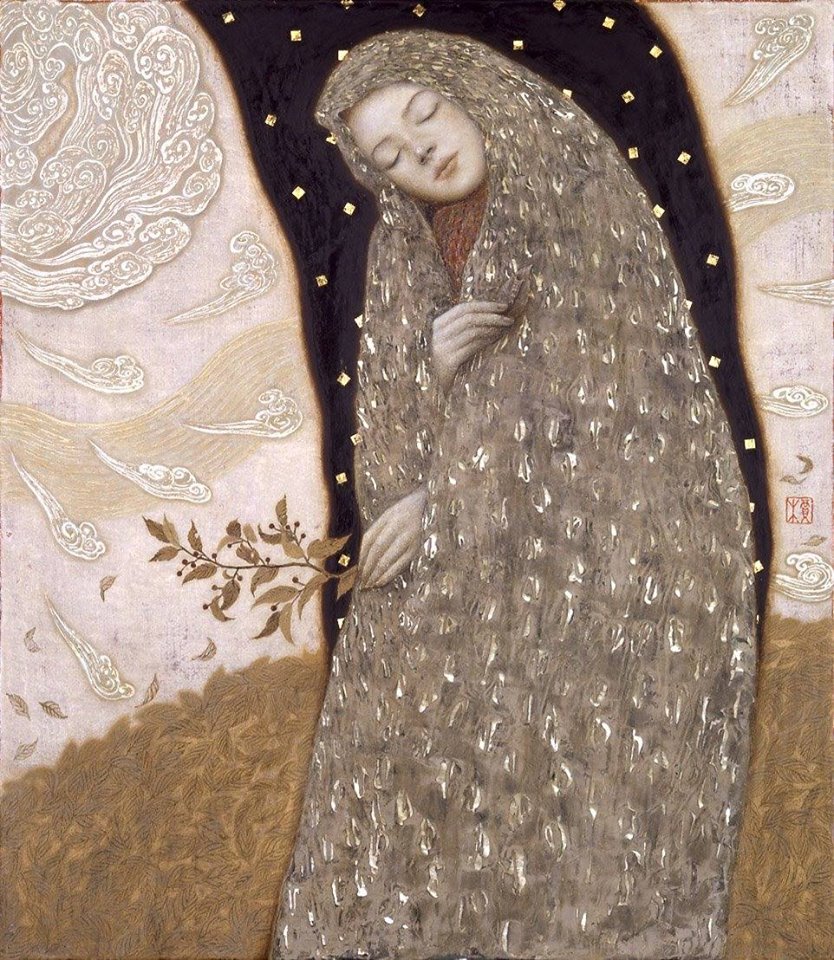
“Events experienced through our story consciousness are illusory, in so much as they are filtered through the preconditioned prism of narrative perception.”
We formulate many identities that are responsive to our different roles. As we adorn another costume to play the character that our life events require, we are in a process of reflexivity. We find safety in the story of me when life expects us to play too many roles, anchoring again in an impermanent pattern of thoughts and concepts. The self-enquiry associated within story consciousness moves us to reflect upon ‘what am I doing’ rather than ‘what am I’, ever missing the field of now and traversing the concepts of past and future which frame our story consciousness. And we believe that we are the author of our autobiographies when we are caught up in our story consciousness. But our autobiographies which shape our mind/body experience did not start with us- and are an anthology of our ancestors, our collective consciousness/unconsciousness and the crystallised grand narratives of culture and worn out institutions. Until we can locate the unconditioned, deeper and unlimited I, our story consciousness will continue to be written on our behalf and our dualistic aspects unconsciously acted out.
I was consciously aware. In a way like never before. The world appeared new, deep and interconnected.
So, who are we if we are not our personal and collective stories? We can only start to realise what we are when we clearly see what we are not. Traditional narrative disciplines tell us that our stories shape, structure, construct, and pervade our ‘conscious reality’, and claim that conscious reality is a product of the stories we tell. In this case, stories, identity and experiential reality become synonymous. In this sense we are our stories. Yet, when my own story was disintegrated, following a crisis which tore a hole in the fabric of my reality, when I was relieved of any conceptual reference points that would explain away what was happening and who I was, I was consciously aware. In a way like never before. The world appeared new, deep and interconnected.
Events experienced through our story consciousness are illusory, in so much as they are filtered through the preconditioned prism of narrative perception. And the facets of the story prism include identification with characterisation (names, ages, gender, appearances), narrator evaluation (opinions, beliefs, ideas), plot (events, circumstances) and resolution (expectations, endings, beginnings). And we meet our world under these conditions closing down a field of unlimited potentials and possibilities. Embracing our dualistic aspect as it takes birth through story consciousness is to realise its ephemeral and impermanent nature. Not in a way which bypasses the challenging chapters of our stories but as an act of reclaiming a sense of our deeper selves and knowing that who we are is not our stories. To re-orientate and reposition our sense of I, from story consciousness to the space consciousness that we truly are, is to recognise our stories as the dual within the crown of our field of non-dual existence.
